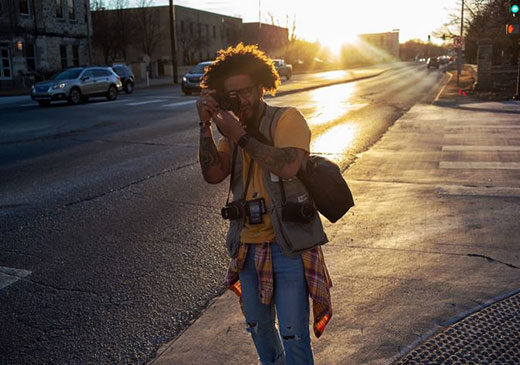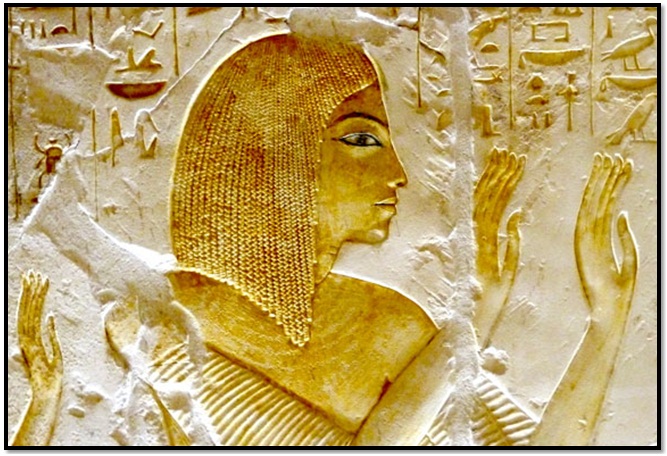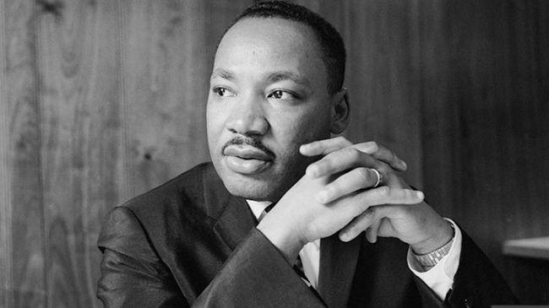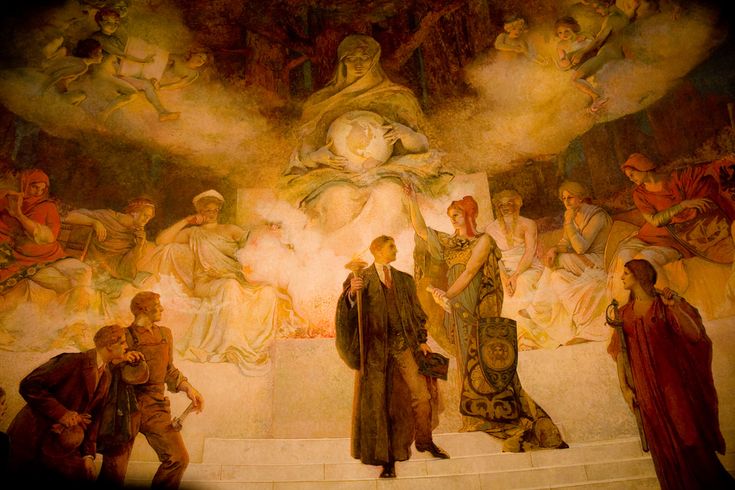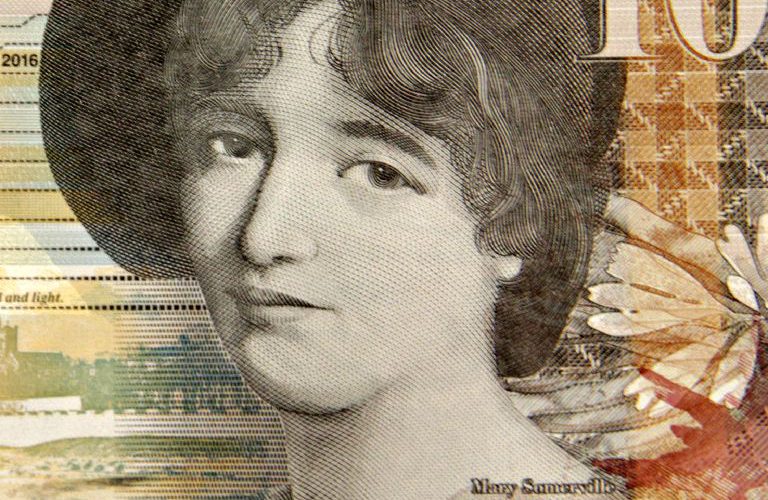“I’m trying to embody some of the generosity that has been shared with me”. Andrea Walls, creator of the Museum of Black Joy.
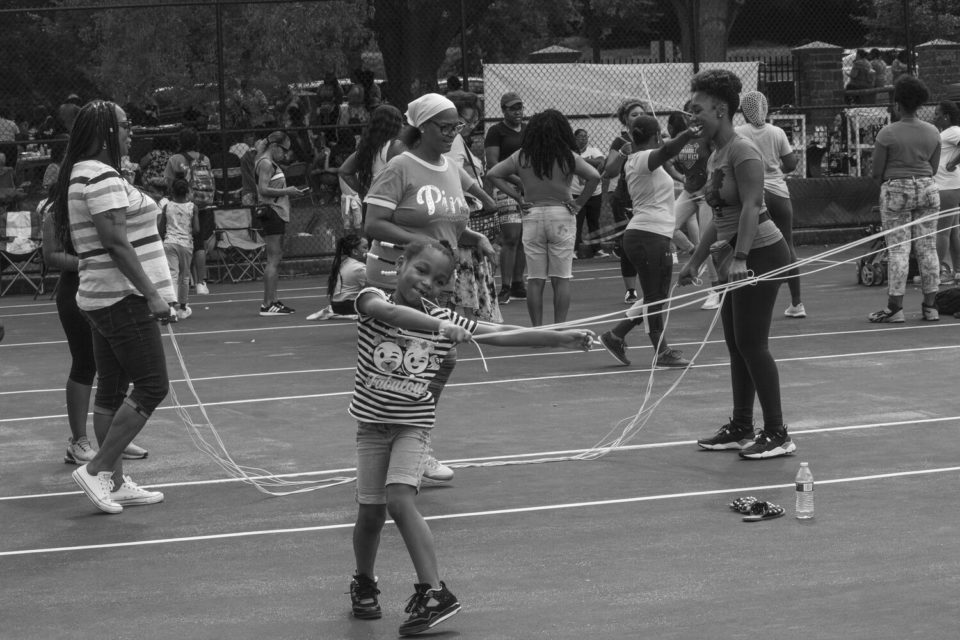
Andrea Walls, the creator and curator of the digital Museum of Black Joy is a Pushcart Prize nominated poet. She enjoys photography.
In the beginning of January 2020, she launched her “borderless exhibition” in her combination garage and studio in Philadelphia.
Andrea, how did the idea of creating such an extraordinary museum come to your mind?
Andrea: You see, at that time the news was filled with rancor. Stories of strife and animosity dominated social media headlines. Many of the stories were about violence against minorities and people of color. This began to impact my emotional self and soon became psychically overwhelming. I felt the acute need to shift the lens and made a conscious decision to pay attention to joy.
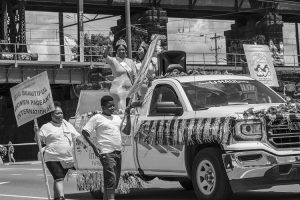
Do you think it’s important to focus on the positive, even when there is so much evil around?
Andrea: Yes, exactly. I decided that every day I’d post images of Black people reflecting my own experience: a serious girl looking for books in a library, a beaming senior citizen pumping her first in a Black Power salute, a couple chatting over milkshakes at an outside dinette.
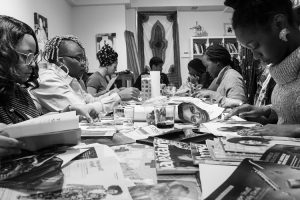
I felt this is what I can do. I can show daily images of what I call Black joy: ordinary moments of grace and kindness and non-traumatic breath. And I started it as a daily practice.
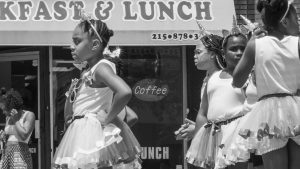
Now only your own photos are on display. Are you going to invite other artists to take part in the exhibition?
Andrea: Of course. I’d like to interest more photographers in the program soon. I hope to do it with the help of the Leeway Foundation funding and a grant from a haircare company, supporting Black women artists.
And I’m grateful to all the inspirers and collaborators, from Kleaver Cruz’s The Black Joy Project to Bettina Love, professor and author of We Want to Do More Than Survive. But I see the Museum of Black Joy as an heir to the Black Arts Movement. I remember we soaked up the work of Ntozake Shange, Sonia Sanchez and Amiri Baraka, nationally famous local poets when I was coming of age in the 1980s.
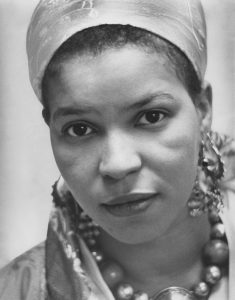
Why did they attract your attention?
Andrea: You know, In Philadelphia you could just be at a restaurant and sit down next to Ntozake Shange and ask if you can buy her a cup of coffee. There was so much grace among the poets of that generation, and they always greeted you with ‘sister’ or ‘brother.’ They were really available in every sense of the word. I think what I’m trying to do with this museum is kind of embodying some of that generosity that has been shared with me.
In the darkest days of the pandemic and during last summer’s intense protests against police brutality and racism, The Museum of Black Joy became a source of healing. My day is organized around thinking about how I can make more visual joy available.
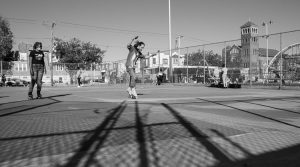
Your photos are very touching. Where did you get the experience of a photographer?
Andrea: I never studied photography until I took part in the Women’s Mobile Museum project in 2018, working with the Philadelphia Photo Arts Center and South African photojournalist Zanele Muholi. The resonances between writing and visual art came as a welcome surprise.
Really? What do they have in common, in your view?
Andrea: As a poet, I always pay attention to a small detail or a fleeting feeling. Of joy or despair or whatever it is, just, the way your life and imagination crescendos, depending on the mood, time of day, light, music in the background, your heartbreak, and how all of those things are layered upon one another.
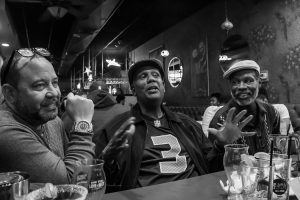
Amazing. And how do you see the future of the project?
Andrea: Online traffic to the Museum of Black Joy has soared since it was featured in the Philadelphia Inquirer — almost 2,000%. And as much as the Museum of Black Joy has served as a virtual neighborhood of sorts, I’m currently seeking non-traditional physical spaces to exhibit the work in real life. Helping to flood cultural conversation with Black joy is my small contribution to creating a calm, peaceful life for all people, regardless of their external differences.
By Alex Arlander | ENC News


